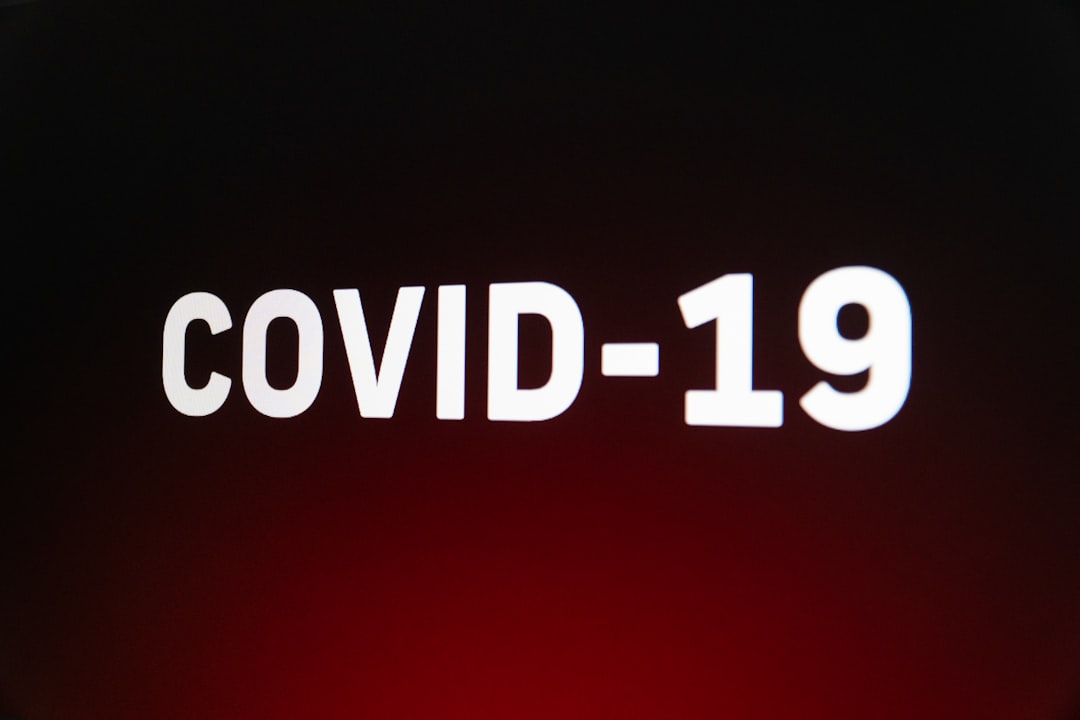What is it about?
Pharmacogenetics (PGx) provides personalized information about how a patient metabolizes and responds to medications. We have shown that applying PGx to patients with polypharmacy (taking more than five prescription medications), offers a more tailored and efficient approach to treatment, resulting in a reduction in prescription drug use and costs.
Featured Image
Why is it important?
Prescription drug use is a growing problem in the US. According to the CDC, the US spent ~$300 billion dollars on prescription drugs in 2014, and according to the FDA we spend an additional $140 billion annually on adverse drug events. In other words, for every dollar we spend on a medicine, we roughly spend an additional 50 cents to treat side effects from the medication. The CDC predicts prescription drug use to increase about 6.3% annually over the next decade, which will only worsen the problem.
Perspectives
The burden on our health care system is growing as our population continues to age and live longer. The enormous amount of resources spent on prescription drugs and the adverse events associated with their overutilization also continues to expand. We now have advanced pharmacogenetic tools that provide insight into the individualized drug response for each patient, giving us a better roadmap on how to best treat on a personalized level. This approach increases the likelihood of reaching a therapeutic goal, improves patient adherence to therapy, and decreases the risk for an adverse drug event. All of this translates into decreased health care costs. It is in the best interest of our patients and the health care system to seek opportunities to administer care in a safer, more efficient and cost-effective manner.
Dr Juan-Sebastian Saldivar
AltheaDx Inc
Read the Original
This page is a summary of: Initial assessment of the benefits of implementing pharmacogenetics into the medical management of patients in a long-term care facility, Pharmacogenomics and Personalized Medicine, January 2016, Dove Medical Press,
DOI: 10.2147/pgpm.s93480.
You can read the full text:
Contributors
The following have contributed to this page










